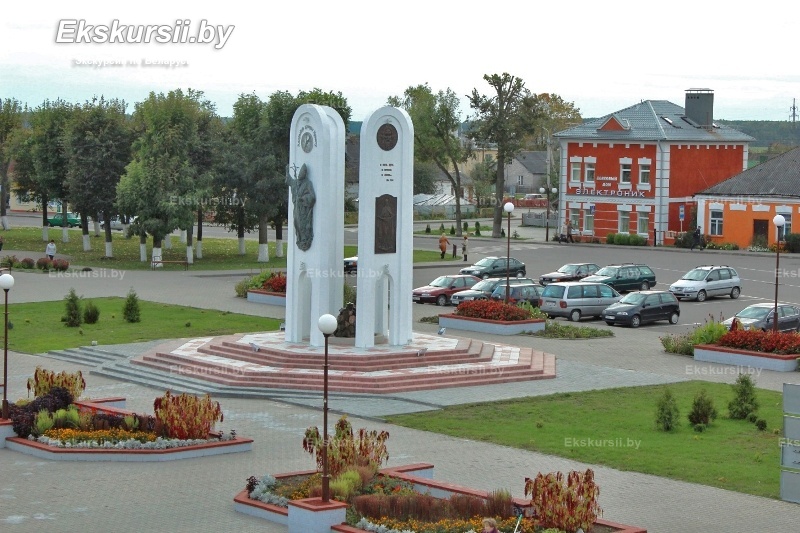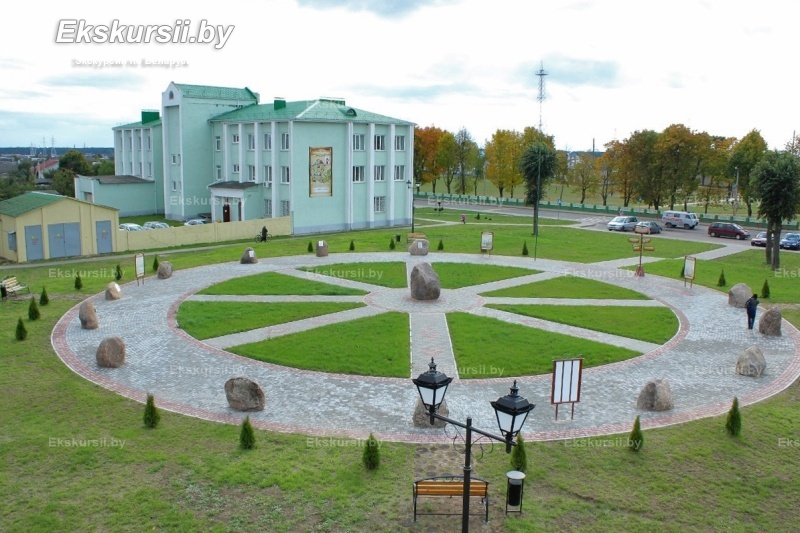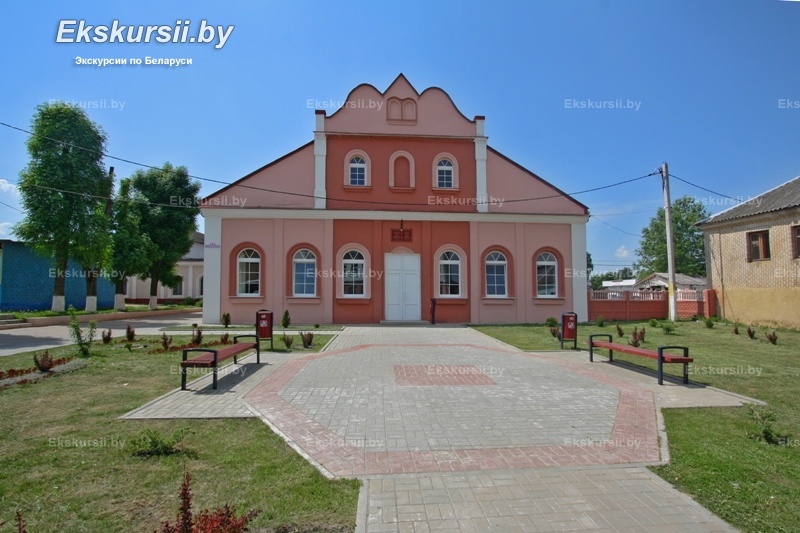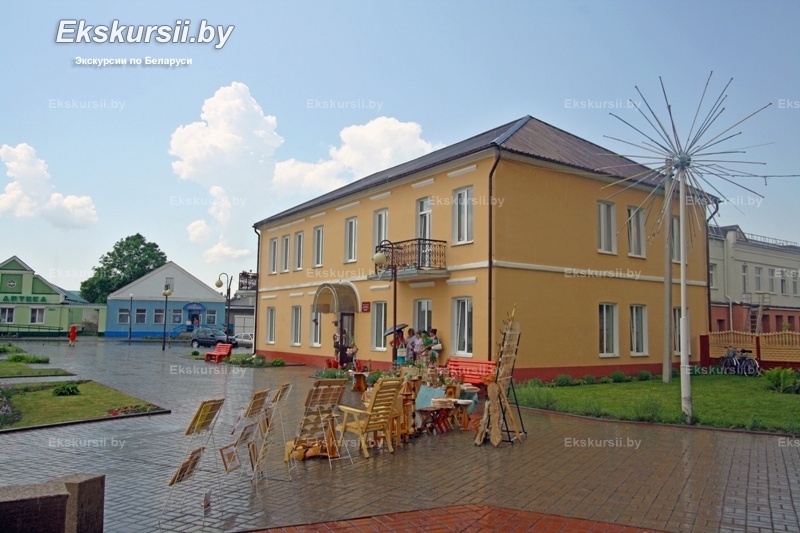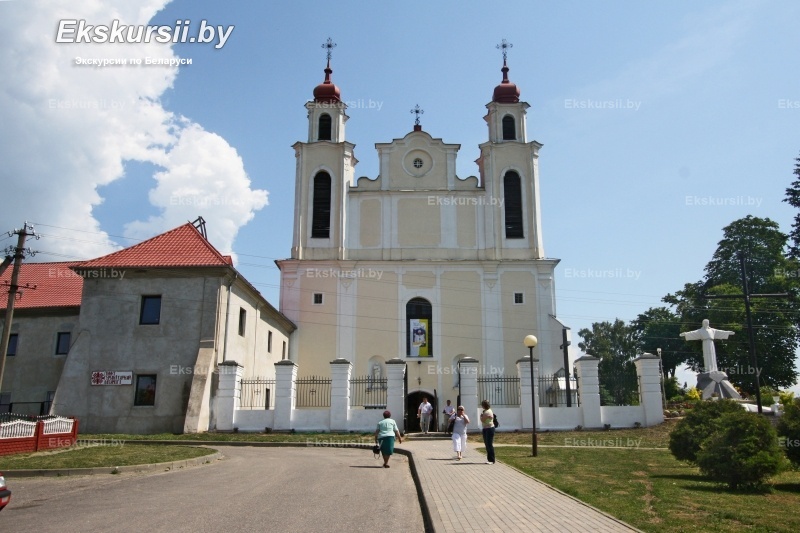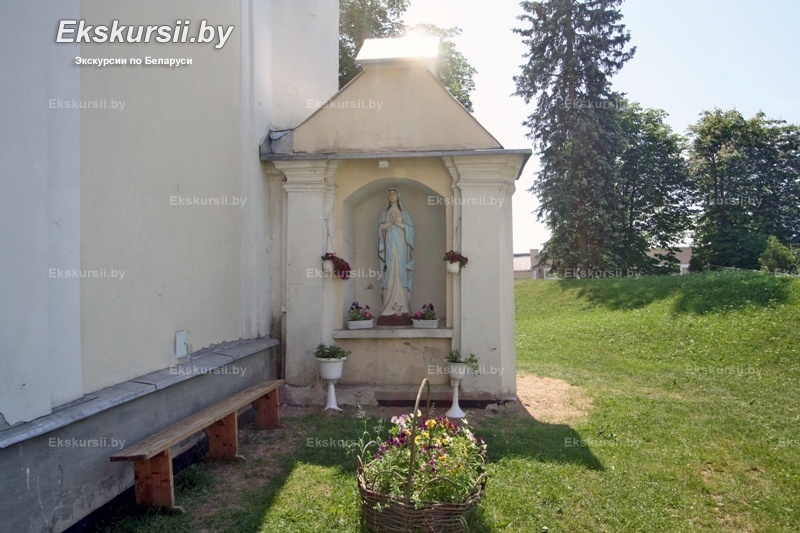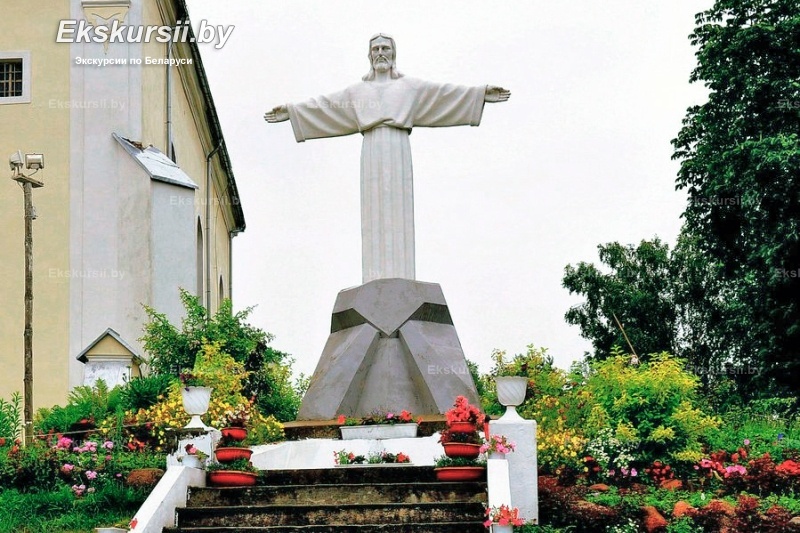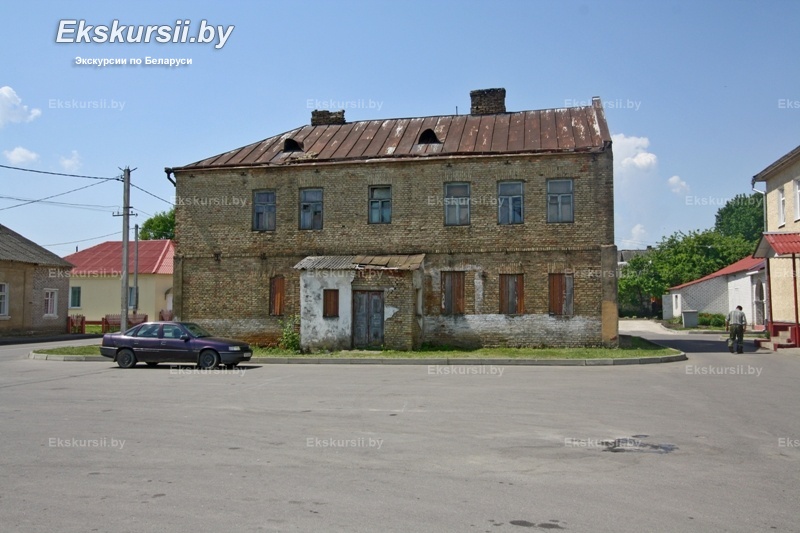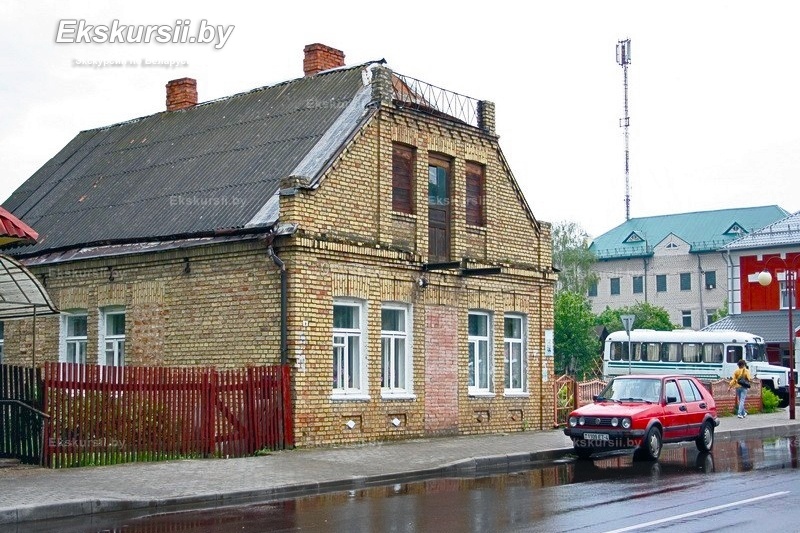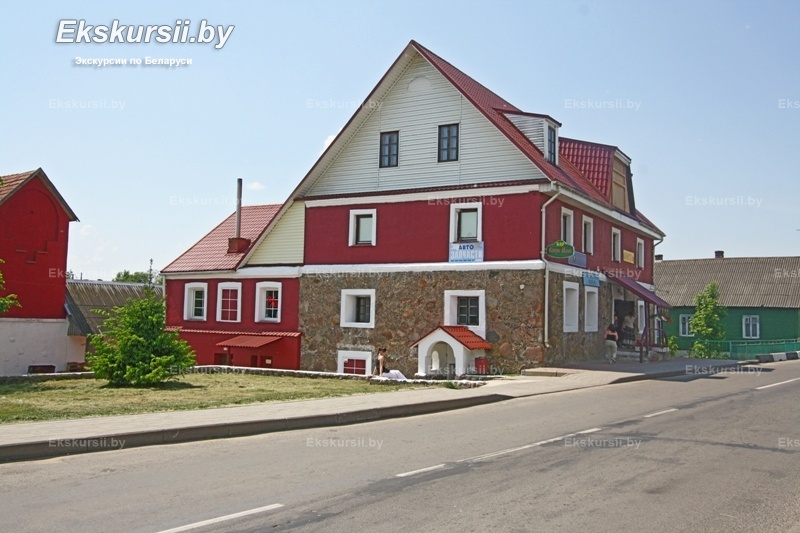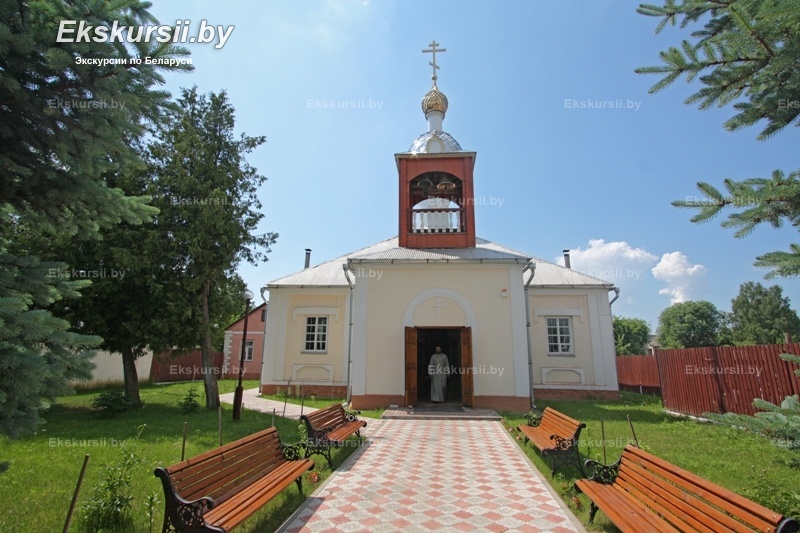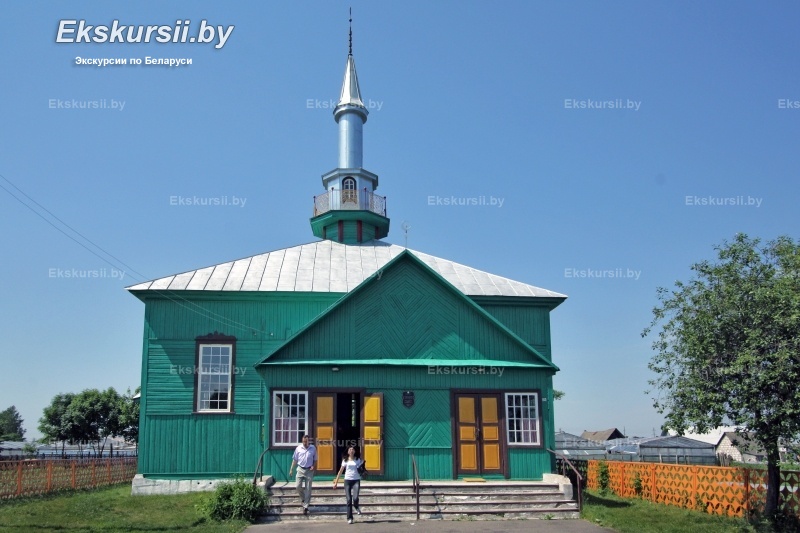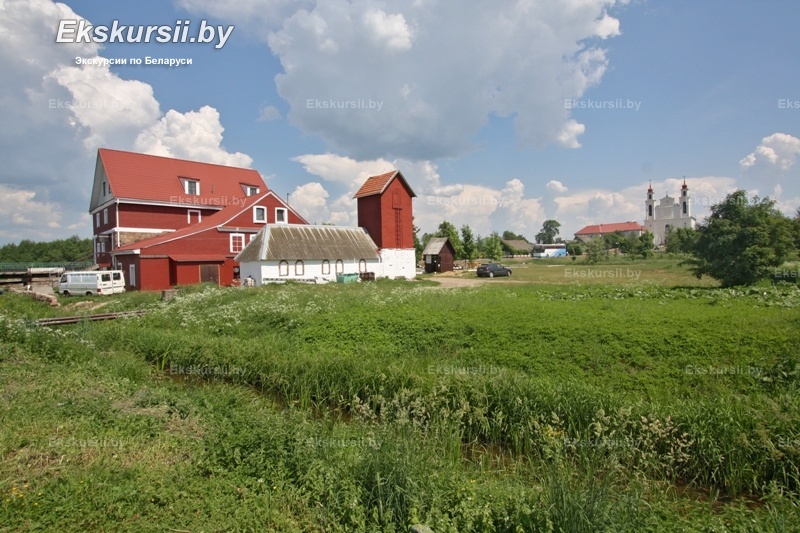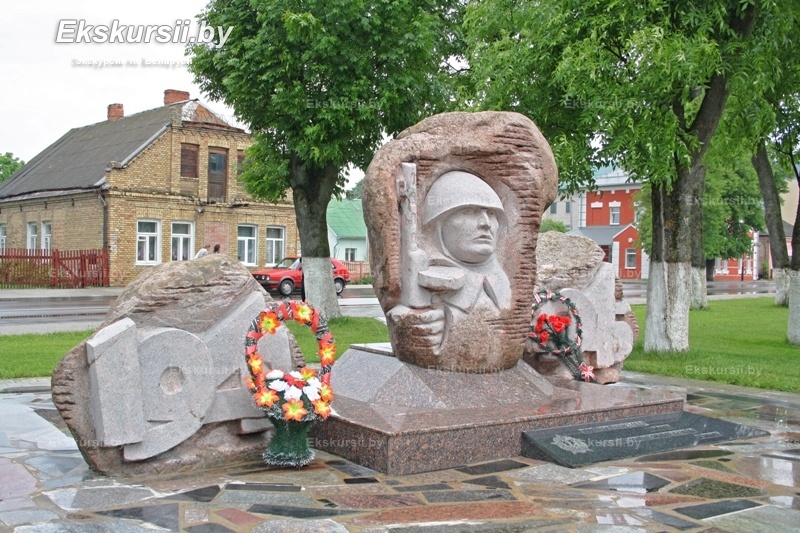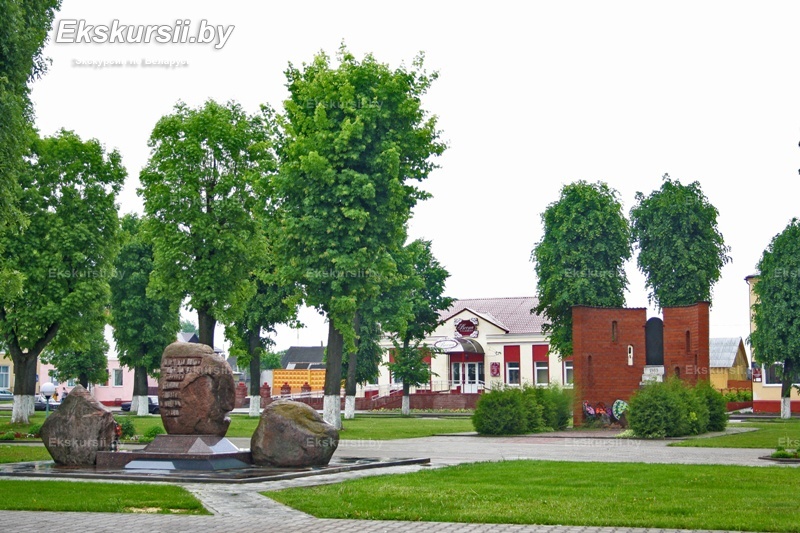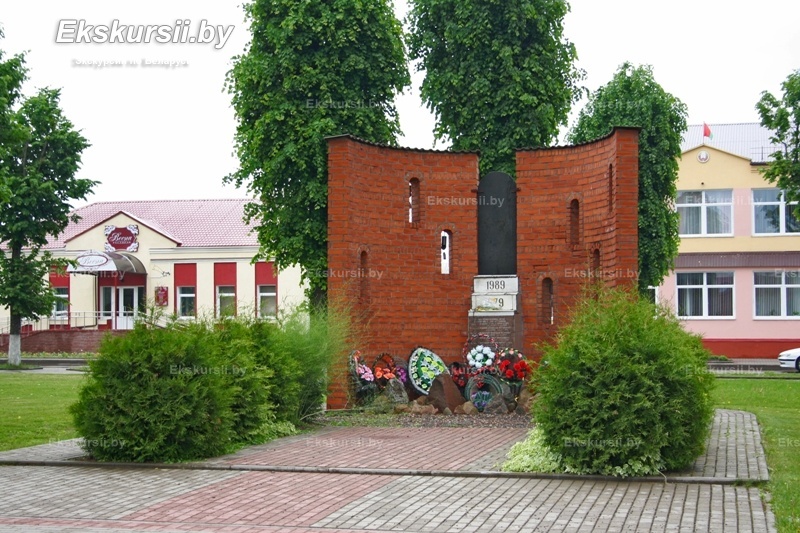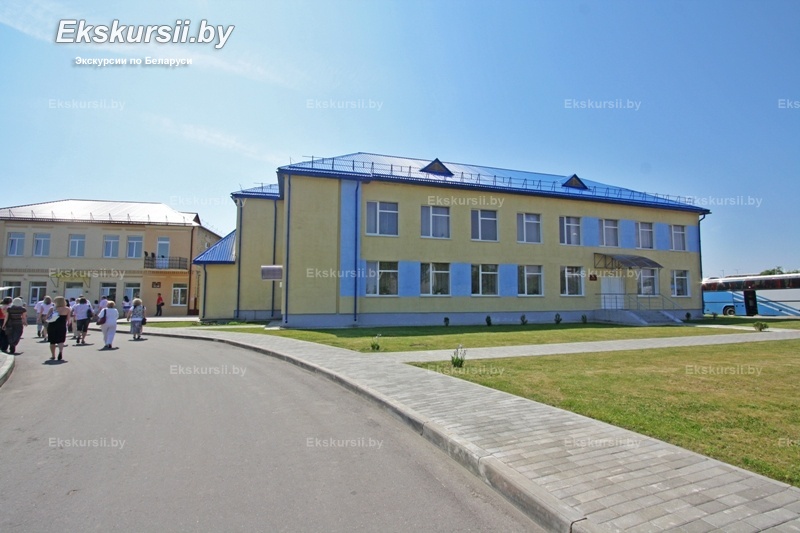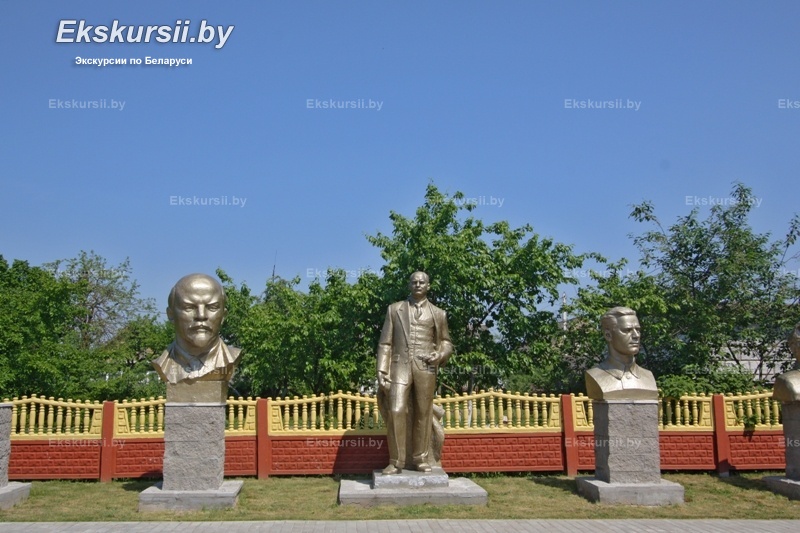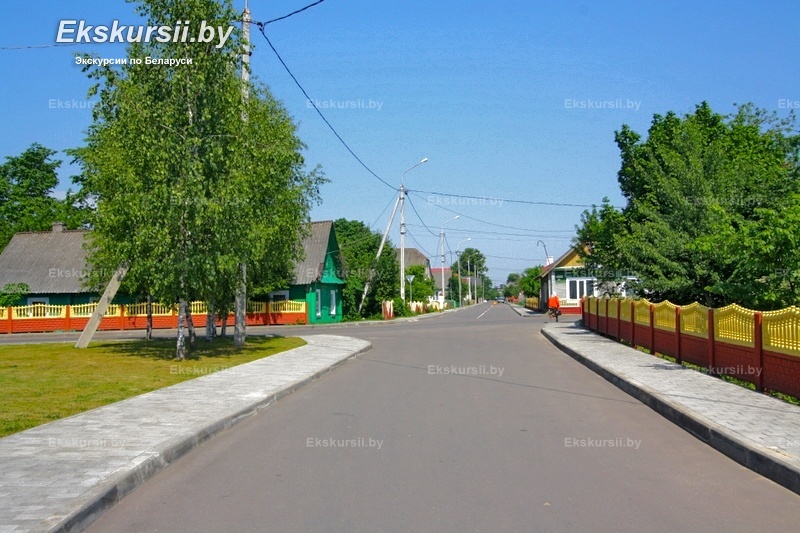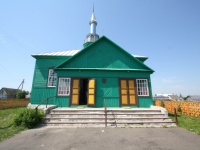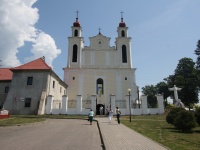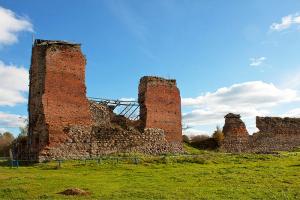History of the development
According to legend, the founder of the city is the wife of the Grand Duke of Lithuania Gediminas Eva, who during her trip from Vilna to Novogrudok took a fancy to these places. Under her order, a castle was erected here, around which the settlement subsequently grew. The first written mention dates back to 1444, Iwye mentioned the Grand Duke's Courtyard, which Grand Duke Casimir IV handed over to Peter Montygerdovich, who founded the Church of the Holy Apostles Peter and Paul here. For a long time, Iwye is considered the Tatar «capital» of Belarus. The appearance of the Tatars in Belarus is associated with the name of the great Prince Vitovt, by order of which skilled Tatar warriors were called upon to guard the borders of the Grand Duchy of Lithuania. Subsequently, they were endowed with gentry titles and endowed with land. The Tatars still in their prayers call the Duke, who invited them to their lands, Vitovt strong or Vitovt-intercessor.
During the XVI-XVII centuries, Iwye was owned by gentry families Zaberezinsky and Kishki. In the second half of the XVIth century, Iwye became one of the centers of Arianism in the territory of the Grand Duchy of Lithuania, where an Arian school existed. In 1585-1593, the rector of the school was a famous humanist thinker and teacher Jan Licinia Namyslovsky. In Iwye in 1611 one of the first printing houses in Belarus was founded. According to one of the versions, it was Iwye who printed the «Grammar» of Meletii Smotrytsky - the first grammar in Belarus. In 1631, commandant Trotsky and voivode Mstislavsky Nikolai Kishka founded the monastery of the Order of Bernardine, to whom the Peter and Paul Church passed. At the same time, a wooden church was built in Iwye. During the XVII-XIX centuries, Iwye passed into the hands of such famous princely families as Slushekam, Glebovichi, Zhizhemsky, Oginsky, Sapegas, Tizengauzam. In 1742 Iwye received the status of the town.
As a result of the third devision of Polish-Lithuanian Commonwealth, Iwye found herself in the Russian Empire. From the middle of the XIXth century, the town was in the possession of the Zamoyski graphs, whose name is associated with the construction in 1884 of the mosqu, which is still working.
On January 1, 1919 Iwye became part of BSSR. In 1921, according to the Riga Peace Treaty, Iwye was transferred to the inter-war Polish Republic. In 1939 Iwye returned to the structure in the BSSR, where in 1940 received the status of an urban village. During the Great Patriotic War from June 29, 1941 to July 8, 1944, it was under German occupation and a Jewish ghetto functioned in the territory. January 12, 2000 Iwye received city status.
Tourism potential
Due to its rich and rich history, Iwye is full of interesting cultural and historical sights, which you cannot pass by.
In the central part of the city, the building of the late XIX - early XX centuries has been preserved, among which are former houses of Jewish merchants with a mansard warehouse-warehouse, a water mill, a synagogue.
Peter and Paul Church (end of the XVIIIth century) and especially the statue of Jesus Christ, located on the territory of the church, are very popular among tourists. The statue was erected in 2002 at one of the highest points of the village and depicts Jesus Christ extending an embrace over the city. Next to the church is the grave of a priest Ildefons Bobich - a Belarusian priest and writer.
With its unusual architecture attracts the attention a two-story Complex of the Bernardine Monastery (XVII—XIX). There was a school, a hospital and a library at the monastery. The temple organically combines the features of the architecture of Gothic, Renaissance, Baroque and Rococo.
The unique monument of the city is mosque, which was created in 1884 at the expense of the Countess Elvira Zamoiskaya, who owned the town. Throughout the Soviet period, the mosque in Iwye was the only Muslim mosque on the territory of Belarus. For all the time of its existence, the mosque has never been damaged. Next to the mosque are Tatar cemeteries - mizar. Of the 3 cemeteries today, only one is functioning.
In the city also operates Church of St. Gabriel Bialostoksky. The temple is located in a building that was a residential building at the beginning of the XXth century. After World War II there was a maternity hospital in it. And after the 1970s, the building was given to a kindergarten-nursery. And only in 1993 the building was given to the Orthodox community. And in 1995, His Holiness Patriarch Alexy II of Moscow and All Russia visited the church.
In Iwye, the Kurban-bairam Muslim holiday is held annually, to which Tatars fly from all over Belarus. Since 2017, Iwye has held a festival «Iwyesky tomato».
